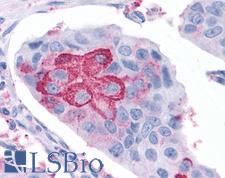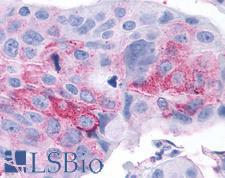Login
Registration enables users to use special features of this website, such as past
order histories, retained contact details for faster checkout, review submissions, and special promotions.
order histories, retained contact details for faster checkout, review submissions, and special promotions.
Forgot password?
Registration enables users to use special features of this website, such as past
order histories, retained contact details for faster checkout, review submissions, and special promotions.
order histories, retained contact details for faster checkout, review submissions, and special promotions.
Quick Order
Products
Antibodies
ELISA and Assay Kits
Research Areas
Infectious Disease
Resources
Purchasing
Reference Material
Contact Us
Location
Corporate Headquarters
Vector Laboratories, Inc.
6737 Mowry Ave
Newark, CA 94560
United States
Telephone Numbers
Customer Service: (800) 227-6666 / (650) 697-3600
Contact Us
Additional Contact Details
Login
Registration enables users to use special features of this website, such as past
order histories, retained contact details for faster checkout, review submissions, and special promotions.
order histories, retained contact details for faster checkout, review submissions, and special promotions.
Forgot password?
Registration enables users to use special features of this website, such as past
order histories, retained contact details for faster checkout, review submissions, and special promotions.
order histories, retained contact details for faster checkout, review submissions, and special promotions.
Quick Order
PathPlusTM RORC / ROR Gamma Antibodies
RAR-related orphan receptor C (RORC) is a key regulator of cellular differentiation, immunity, peripheral circadian rhythm as well as lipid, steroid, xenobiotics and glucose metabolism. RORC has intrinsic transcriptional activity and binds natural ligands like oxysterols that act as agonists (25-hydroxycholesterol) or inverse agonists (7-oxygenated sterols), enhancing or repressing transcriptional activity, respectively. RORC controls adipogenesis as well as adipocyte size and it modulates insulin sensitivity in obesity. In the liver, it has specific and redundant functions with RORA as a positive or negative modulator of the expression of genes involved in the metabolism of lipids, steroids and xenobiotics, such as SULT1E1. It also plays also a role in the regulation of hepatocyte glucose metabolism through the regulation of G6PC and PCK1.
References: The UniProt Consortium. Nucleic Acids Res. 47: D506-515 (2019); Nucleic Acids Res. 2016 Jan 4;44(D1):D733-45, PMID:26553804
2 PathPlusTM Antibodies


☰ Filters
Products
Antibodies
(2)
Type
Primary
(2)
Target
RORC / ROR Gamma
(2)
Reactivity
Human
(2)
Bat
(1)
Monkey
(2)
Application
IHC
(2)
IHC-P
(2)
Host
rabbit
(2)
Product Group
PathPlus Neuro
(2)
Clonality
polyclonal pc
(2)
Format
Unconjugated
(2)
Epitope
Ligand-binding Domain
(2)
Publications
No
(2)

Neuroscience
Fast Shipping
RORC / ROR Gamma Rabbit anti-Human Polyclonal (Ligand-binding Domain) Antibody
Bat, Human, Monkey
IHC, IHC-P
Unconjugated
50 µg/$395

Neuroscience
Fast Shipping
RORC / ROR Gamma Rabbit anti-Human Polyclonal (Ligand-binding Domain) Antibody
Human, Monkey
IHC, IHC-P
Unconjugated
50 µg/$395
Viewing 1-2
of 2
product results











